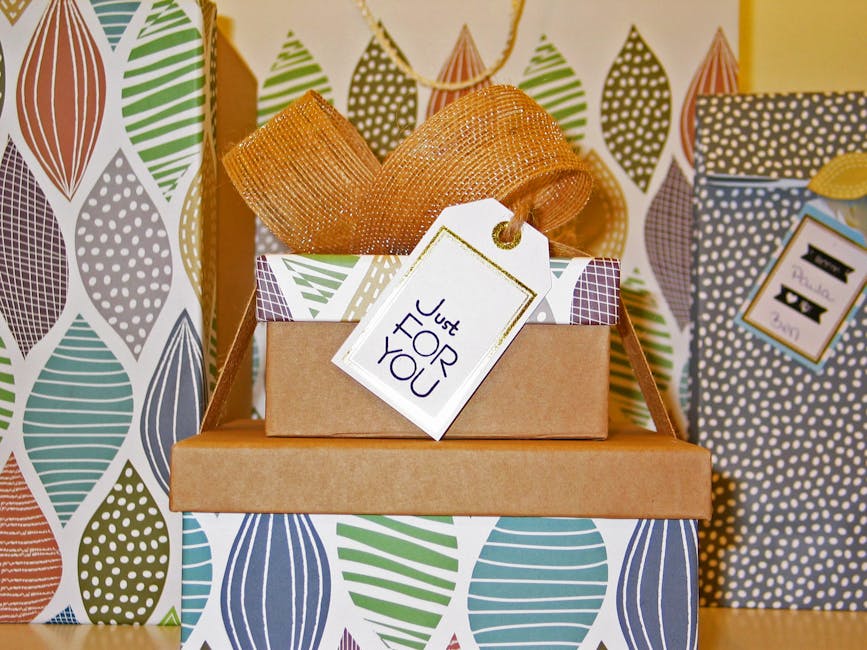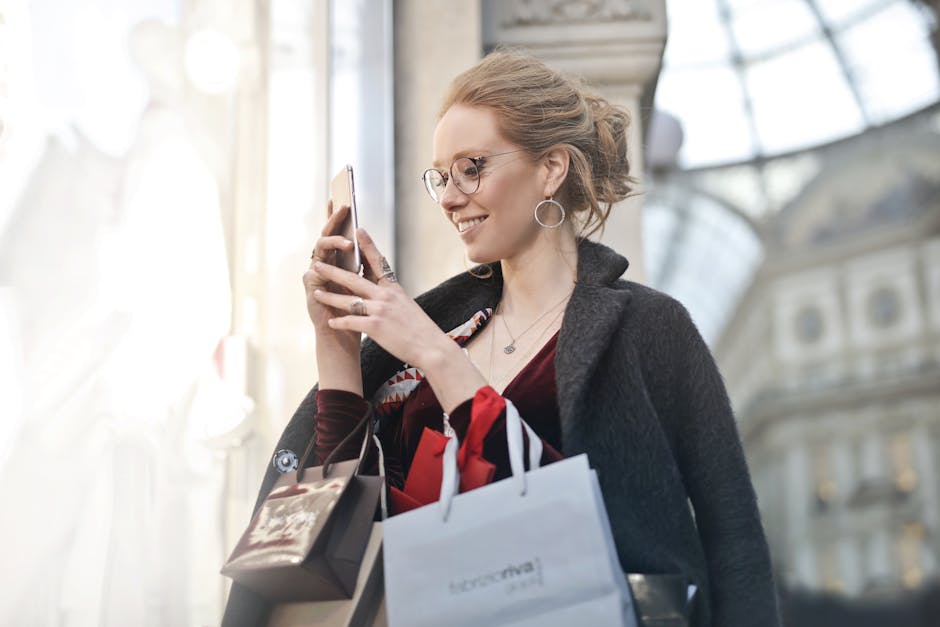Psychological Tricks You Can Use On Your Website (Part 3)
So, we have reached the last part of the different psychological tricks you can apply on your online business. If you want to review on the previous two blog posts, you can click here to go to the 1st part, or visit this link to read the 2nd part.
These concepts are not my own and this is inspired by the book, Influence: The Psychology of Persuasion. Without further adieu, below are the last 3 psychological tricks you can apply on your website to generate more traffic and gain more customers:
-
Price
- Nowadays, it’s tough to convince potential buyers. They don’t purchase an item just because it’s the cheapest. Now, customers after their money’s worth. They look for the best deal available online before deciding where to buy.
- The classic example of using the “$19.99” tag is a very effective pricing strategy. This tactic convinces buyers that an item is only $19 even though it’s practically $20. It manipulates customers that they are saving a lot, but the truth is that there’s not much price difference to be honest.

reading the price tag.
-
Right Timing
- Amazon is able to perfect this strategy. For example, when you add a book to your cart, Amazon gives you other book recommendations. Once you are ready to check out, it will inform you that customers who purchased the book also bought these items.
- Similarly, if you are selling action cameras, why not offer a extended warranty plan when they reviewing their cart. Perhaps, you can also offer camera accessories or micro SD cards for video storage.
- Do not offer these extras if they are still pondering on what digital camera to buy. Some cameras are compact while some have waterproof features. It’s totally unnecessary to overwhelm customers with accessories at this point.
- Once they have purchased an item, you can send a “thank you” email and include a list of compatible accessories for their chosen device.
-
Colors
- Online shopping is mastering the art of persuasion and one way to persuade people is through the psychology of colors. Just by the appearance or color of your website’s CTA buttons, it could help you increase conversion rates. Thus, it could lead to more sales.
- Color remains to be the strongest visual hint for online shoppers. In a one survey, 93% of consumers considered to buy an item because of its appearance alone. The remaining 7% is because of the item’s texture and smell.
- Additionally, 85% of consumers admitted that they purchased a product because of its color. It’s no doubt that color influences brand recognition. Other factors aside from color, include: design, convenience, and the power of words.
- To give you a more concrete example, the color red and orange can uplift your website and give a hint of electrifying and energetic vibe. Blue is a good color for weight loss. So, if you are selling food, avoid the color blue. Did you notice that the leading fast-food chains are never use blue? They’re usually red, orange, or yellow.
- Blue, however, calms the mind and encourages trust. So, it’s ideal for services like banks, high tech products, and more. If you want to know more about colors, you can learn more about it here. If you need color scheme tools, this post will help you. Lastly, if you need tips in choosing the right color scheme, this article is for you!
There you have it! That wraps up the blog posts about the different psychological tricks. So, what have we learned? Understanding your customers is crucial in creating a persuasive website and compelling UX experience. Apply these tips when designing a new web page or when you are devising a new marketing plan.









